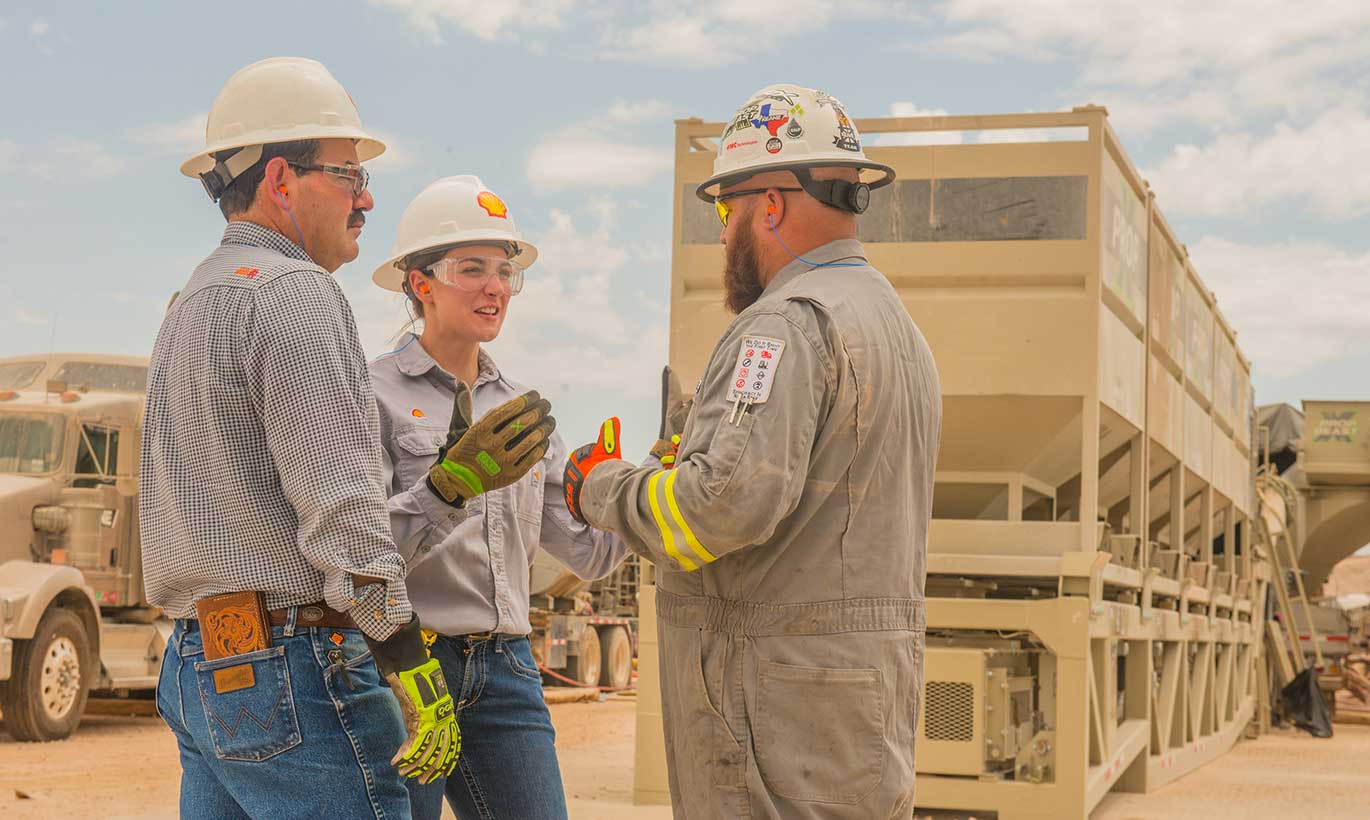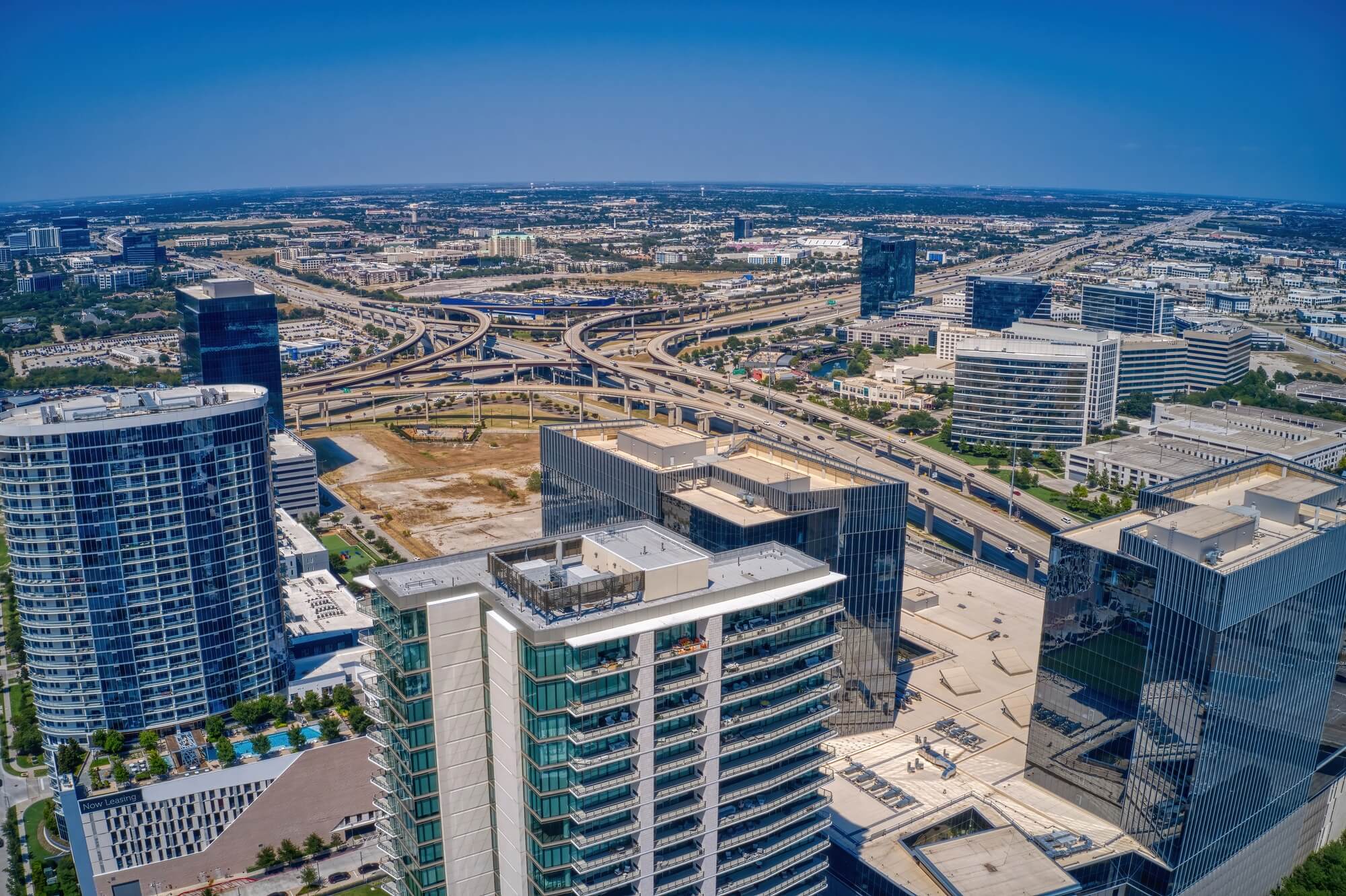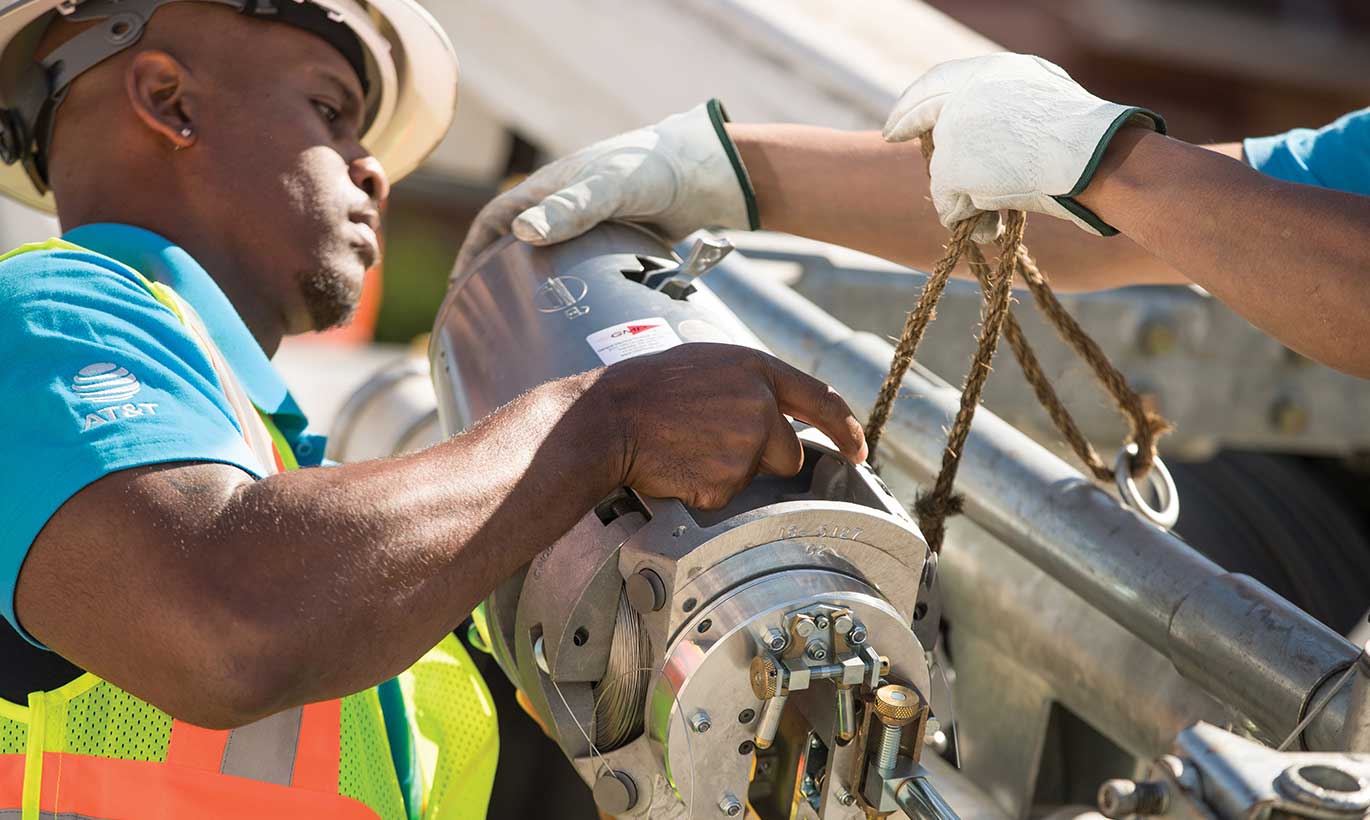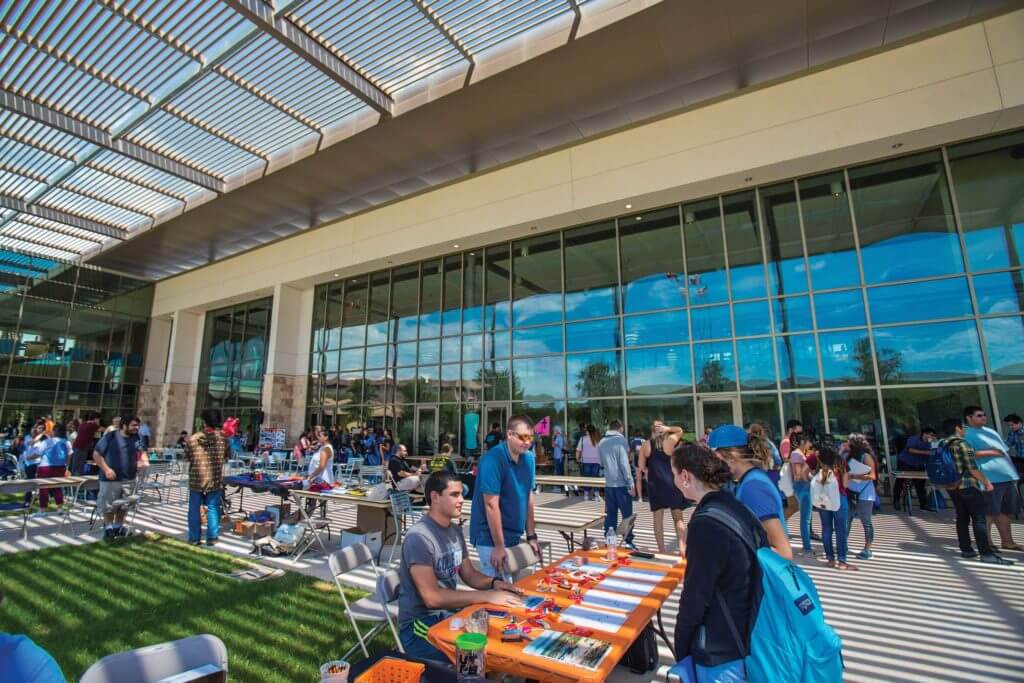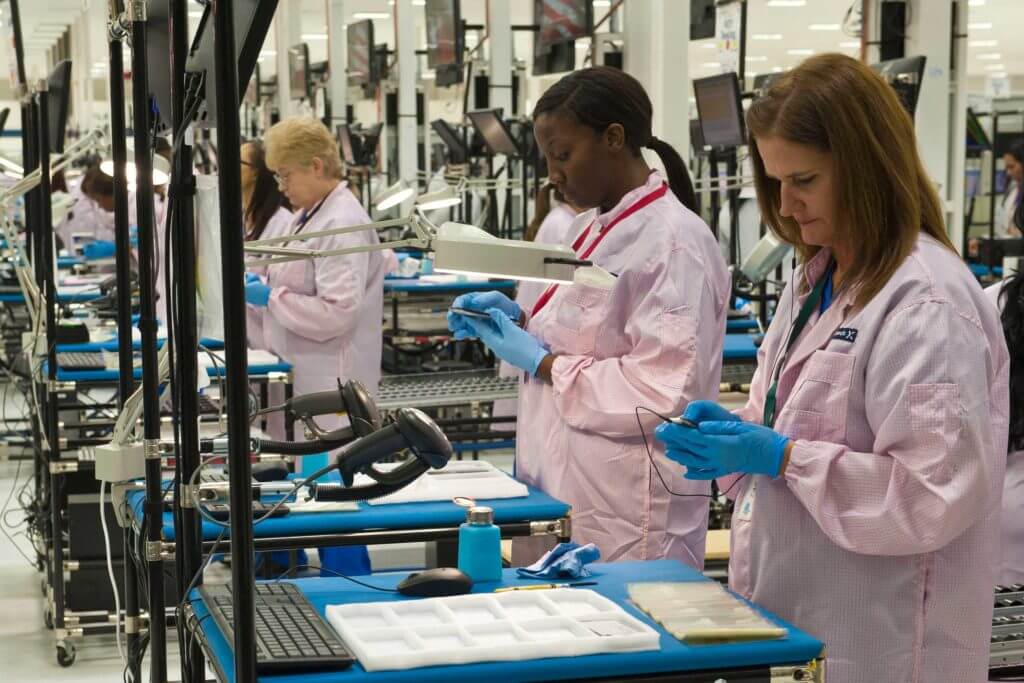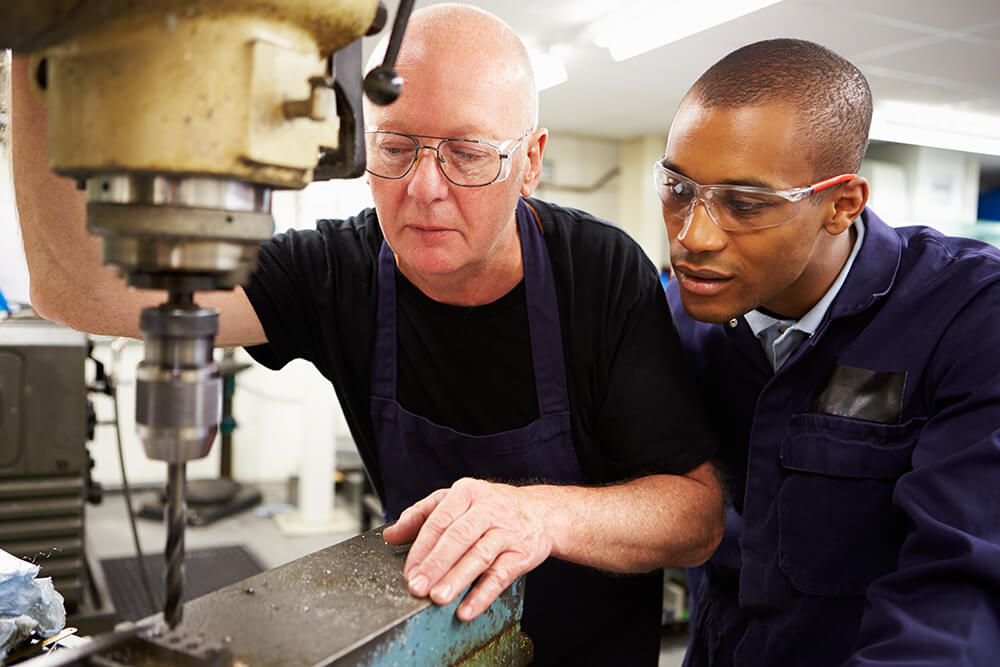From top-ranked private colleges to some of the largest public universities, higher education in Texas is producing top workforce talent for the 21st-century business environment.
The Texas education system attracts and develops human capital from around the state and around the world. Texas’ 148 higher education institutions vary in size and program specializations but are all united by one commonality: topping the rankings of U.S. News & World Report. Six— Rice University, The University of Texas at Austin, Southern Methodist University, Texas A&M University, Baylor University, and Texas Christian University—are ranked in the top 100 nationally.
One of the main reasons for Texas being the best state for business is access to some of the top talent in the country, no matter what your workforce needs.
Where Does Texas Rank in Higher Education?
The educational infrastructure in Texas is robust. Nearly 40 percent of the Texas workforce is college-educated. When you consider that Texas is second in the country for workforce size, that’s a testament to Texas’ education ranking.
Texas boasts 148 higher education institutions varying in size and program specializations. Each year, these institutions educate 2.21 million students.
Texas Colleges
Many Texas colleges and universities are located in major cities across the state. Two of these public universities – The University of Texas at Austin and Texas A&M University in College Station – are among the largest universities in the country, with more than 40,000 undergraduate students each.
While best known for its prestigious network of publicly funded universities, there are plenty of small to mid-size Texas colleges for those students seeking this type of quality educational experience.
Best Universities in Texas
As per U.S. News & World Report, the best universities in Texas include:
- Rice University
- University of Texas at Austin
- Southern Methodist University
- Texas A&M University
- Baylor University
- Texas Christian University
- University of Texas at Dallas
- University of Houston
- Texas Tech University
- Sam Houston State University
The top six Texas universities also rank in the top 100 nationally. Several institutions are top-ranked for specialty areas. For instance, The University of Texas at Austin and Texas A&M University tie for the nation’s best undergraduate petroleum program.
Top Medical Schools in Texas
Biotech, life sciences, and healthcare are major Texas industries. The state is renowned for its groundbreaking medical research and is home to an array of top academic and research institutions. The top medical schools in Texas, most of them premier research institutions, include:
- Baylor College of Medicine
- University of Texas Southwestern Medical Center
- University of Texas Health Science Center San Antonio
- University of Texas Health Science Center Houston
- College of Medicine at Texas A&M University
In total, Texas has 12 allopathic medical schools, bestowing an M.D. degree; three osteopathic medical schools, bestowing the D.O. degree; four dental schools, and two schools of optometry.
Education Development in Texas
Education is lifelong. New technologies demand consistent skill set upgrading. Our Texas Workforce Education program is paramount for promoting educational development and innovation.
The Skills Development Fund (SDF) is the state’s top upskilling program. SDF grants provide site-specific, customized training opportunities for Texas businesses and their employees to increase the skill levels and wages of the Texas workforce.

